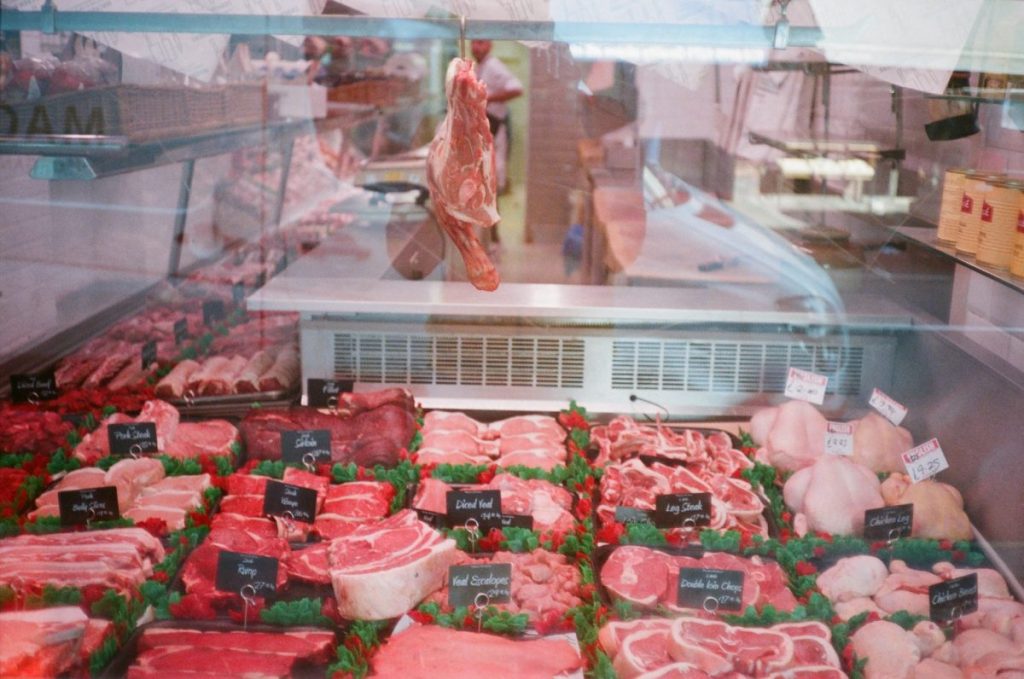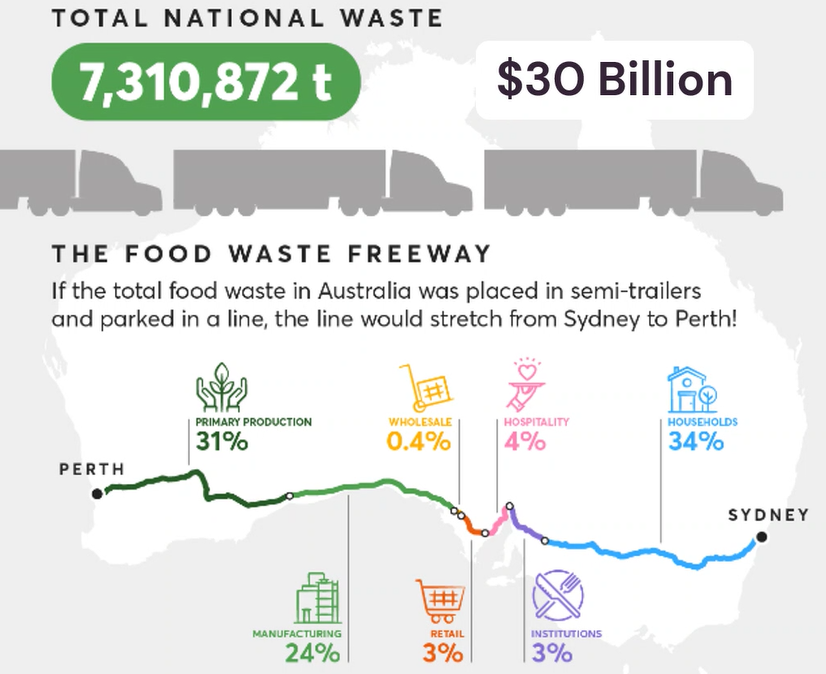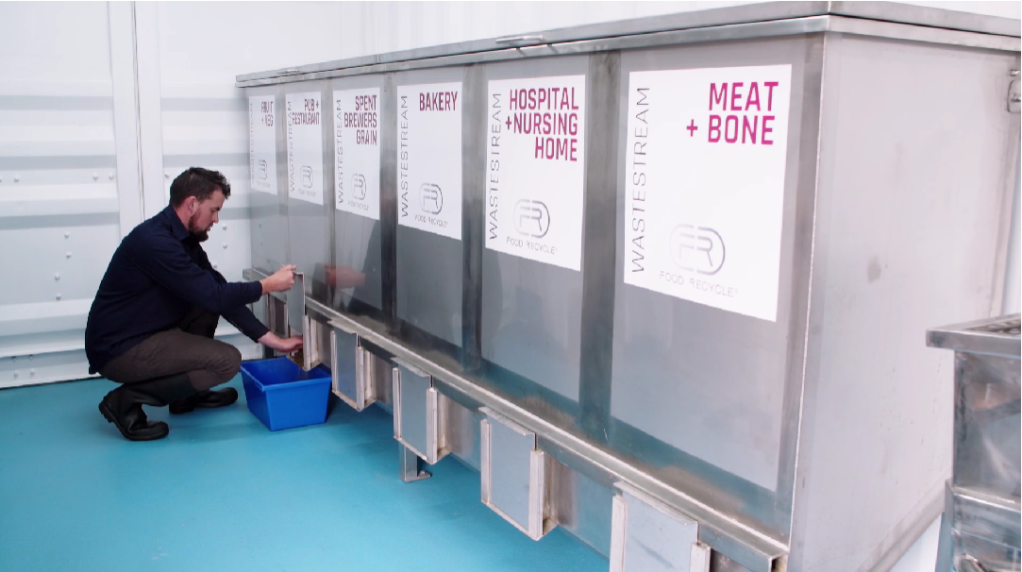New research shows that roughly 52.4 million tonnes of bone-free, edible meat goes to waste each year, roughly a sixth of all meat produced globally.
Based on data provided by the UN, researchers at Leiden University in the Netherlands found that the equivalent of 18 billion animals (chickens, turkeys, pigs, sheep, goats, and cows) either die or are killed without ever making it to someone’s plate.
The researchers found that beyond the general impact of COVID-19 in 2019, different countries had varying reasons behind the meat waste.
In developing countries, most loss was related to animal death due to disease or spoilage occurring during transport. In industrialised countries, meanwhile, most waste occured on the consumption side, such as supermarkets overstocking, restaurants serving oversized portions, and households throwing out leftovers.

The researchers noted that among the countries in which meat waste was the greatest were the United States, South Africa, and Brazil, while in countries like India, average meat waste per person was quite small.
Food waste in Australia
With regards to Australia, the National Food Waste Baseline reported in 2016 that 123,000 tonnes of beef, lamb, pork, and chicken meat go to waste each year.
However, data shows that food waste of all kinds remains a particularly serious issue in the country.
Food Innovation Australia Limited (FIAL) estimated that the nation produces roughly 7.6 million tonnes of food waste per year, the equivalent of $36.6 billion in costs to the economy. Households were found to be responsible for approximately 30% of the total food waste.
The research also showed that the amount of land used to grow wasted food in Australia covers more than 25 million hectares, a landmass larger than the state of Victoria.

Senior research scientist at Australia’s national science agency CSIRO, Dr Colleen MacMillan, said factors contributing to household food waste included busy lifestyles, lack of knowledge of what food labels indicating expiration times mean, purchasing excess food, and not knowing how to maximise the food resources.
“Valuing our food resources is also a central driver. As a scientist, I like to think of the trillions of wonderful molecules and bonds of energy embodied in each morsel of food that plants, animals, and primary producers have generated. These have passed through many hands and lives to reach our plates,” said MacMillan.
Meanwhile, a more recent report from Sydney-based social enterprise Good & Fugly examined the reasons behind produce waste in the country specifically.
The research showed that of supermarkets surveyed, 68% rejected produce based solely on the appearance of the fruits and vegetables.
On the production side, 51% of farmers both large and small surveyed said that they screen and “self reject” good produce because they don’t think it will be accepted by commercial buyers, with 23% reporting that supermarkets expect them to hand over imperfect produce for free.
Finding solutions
In response to the issue, the Department of Climate Change, Energy, the Environment, and Water (DCEEW) has unveiled the National Food Waste Strategy to provide a framework for collective action towards halving Australia’s food waste by 2030.
A key player in the initiative, CSIRO has been working on areas including mapping food transport networks, digital sensing and storage, and thermal and nonthermal treatments as well as drying technologies to give different foods a longer storage life.
The DCEEW initiative also cites consumer-targeted behaviour-change interventions as a key part of the solution, along with effectively redistributing surplus food to Australians in need and repurposing potential food waste for use in other products.

There is also significant activity to counter food waste happening in the private sector – start-ups like Goterra, Food Waste, and Viridian are addressing these issues with technology that changes food waste into protein viable for things such as livestock feed, aquaculture, pet food, and farm fertilisers.
To stay up-to-date on the latest industry headlines, sign up to Future Alternative’s enewsletter.
Posted on:


